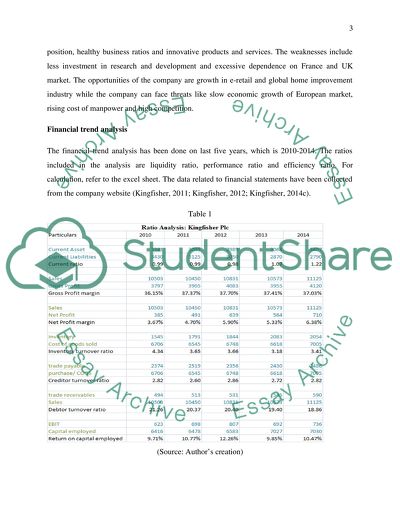Cite this document
(“Financial analysis and risk management of Kingfisher Plc Essay”, n.d.)
Financial analysis and risk management of Kingfisher Plc Essay. Retrieved from https://studentshare.org/finance-accounting/1649578-financial-analysis-and-risk-management-of-kingfisher-plc
Financial analysis and risk management of Kingfisher Plc Essay. Retrieved from https://studentshare.org/finance-accounting/1649578-financial-analysis-and-risk-management-of-kingfisher-plc
(Financial Analysis and Risk Management of Kingfisher Plc Essay)
Financial Analysis and Risk Management of Kingfisher Plc Essay. https://studentshare.org/finance-accounting/1649578-financial-analysis-and-risk-management-of-kingfisher-plc.
Financial Analysis and Risk Management of Kingfisher Plc Essay. https://studentshare.org/finance-accounting/1649578-financial-analysis-and-risk-management-of-kingfisher-plc.
“Financial Analysis and Risk Management of Kingfisher Plc Essay”, n.d. https://studentshare.org/finance-accounting/1649578-financial-analysis-and-risk-management-of-kingfisher-plc.


